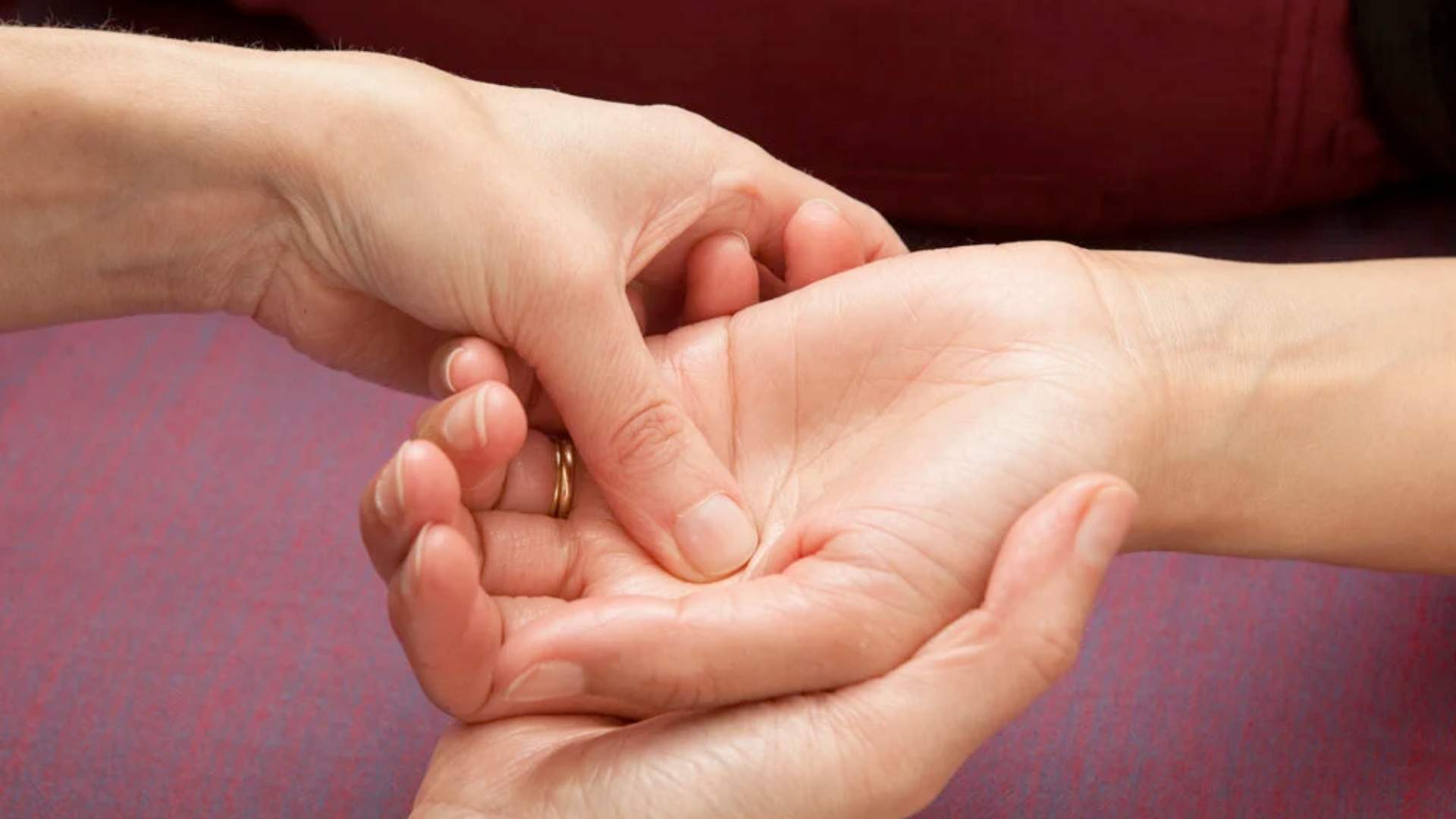In the digital era, social media platforms, particularly Instagram, have become integral to adolescents’ daily lives, profoundly influencing their perceptions and behaviors. While these platforms offer avenues for self-expression and community building, they also propagate trends that pose significant risks to teenagers’ physical and mental health. One such concerning trend is the promotion of extreme dieting methods. This article delves into how Instagram fosters these behaviors among teenagers, examining the psychological and physiological effects, and supporting the discussion with high-quality research findings.
Instagram’s Role in Promoting Extreme Dieting Methods
Instagram’s visual-centric nature makes it a fertile ground for disseminating content related to body image and dieting. Influencers and users frequently share images and narratives that glorify certain body types and dietary practices, often without scientific backing. This section examines how Instagram fosters extreme dieting behaviors among teenagers.
The Rise of ‘Fitspiration’ and ‘Thinspiration’
Fitspiration and Thinspiration are popular hashtags on Instagram, featuring content intended to inspire fitness and thinness, respectively. While seemingly motivational, these posts often perpetuate unrealistic body standards and endorse extreme weight loss methods.
Impact on Body Image and Eating Behaviors:
Exposure to ‘Fitspiration’ and ‘Thinspiration’ content has been linked to negative body image and disordered eating behaviors among adolescents. A study published indicates that social media usage leads to body image concerns and disordered eating through mediating pathways such as social comparison and thin-ideal internalization. This exposure can trigger a cycle of dissatisfaction, prompting teenagers to engage in unhealthy dieting practices in an attempt to emulate the physiques showcased online.
Psychological Distress and Self-Objectification:
The constant comparison to idealized images can lead to self-objectification, where individuals view their bodies as objects to be evaluated. This mindset is associated with increased psychological distress, including anxiety and depression. Research highlights that engagement with appearance-focused social media content exacerbates these mental health issues, as teenagers strive to meet unattainable standards.
Influencer-Driven Diet Trends
Influencers wield considerable power on Instagram, shaping trends and behaviors among their followers. Their endorsements of specific diets can significantly impact adolescents’ eating habits.
Promotion of Unverified and Extreme Diets:
Influencers often share personal success stories related to various diets, such as the Carnivore Diet, which emphasizes high meat and fat consumption. For instance, an influencer claimed substantial weight loss by consuming large quantities of meat and butter daily. However, medical experts warn that such diets can lead to elevated cholesterol levels and increased risk of heart disease. Despite these risks, the persuasive nature of influencer marketing can lead teenagers to adopt these extreme diets without understanding the potential health consequences.
Association with Eating Disorders:
The portrayal of restrictive diets as quick fixes for weight loss can encourage disordered eating behaviors. A study found that exposure to dieting and weight loss topics on social media might be particularly harmful to individuals with specific vulnerabilities, potentially leading to the development or exacerbation of eating disorders. This association underscores the need for critical evaluation of the dietary advice encountered on social media platforms.
Psychological Implications of Social Media-Induced Dieting
The pressure to conform to social media-driven body ideals can have profound psychological effects on teenagers.
Development of Orthorexia Nervosa:
An obsession with healthy eating, termed orthorexia nervosa, has been linked to high Instagram usage. A study found that increased Instagram use was associated with a greater tendency towards orthorexia nervosa, characterized by an unhealthy fixation on eating ‘pure’ foods. This condition can lead to nutritional deficiencies and social isolation, as individuals become increasingly restrictive in their dietary choices.
Increased Anxiety and Depression:
The relentless pursuit of an idealized body image can result in heightened anxiety and depressive symptoms. The disparity between one’s actual body and the perceived ideal can lead to feelings of inadequacy and low self-esteem. Research indicates that this internal conflict is a significant predictor of mental health issues among adolescents engaged with appearance-focused social media content.
Physiological Consequences of Extreme Dieting
Engaging in extreme dieting behaviors can have severe physiological repercussions, particularly for adolescents whose bodies are still developing.
Nutritional Deficiencies:
Restrictive diets often eliminate entire food groups, leading to imbalances in essential nutrients.
Impact on Growth and Development:
Adolescents require a balanced intake of macronutrients and micronutrients to support rapid growth and development. Extreme diets can result in deficiencies that impair physical development, weaken the immune system, and increase susceptibility to illnesses.
Long-Term Health Risks:
Prolonged nutritional deficiencies during adolescence can set the stage for chronic health issues in adulthood, including osteoporosis, anemia, and organ damage. The body’s inability to obtain necessary nutrients can have lasting effects on overall health and well-being.
Metabolic Complications:
Drastic changes in diet can disrupt normal metabolic processes.
Slowed Metabolism:
Extreme calorie restriction can cause the body to enter ‘starvation mode,’ slowing down metabolism to conserve energy. This adaptation can make it more challenging to maintain weight loss and may lead to weight gain when normal eating patterns resume.
Disordered Eating Patterns:
Engaging in extreme diets can foster unhealthy relationships with food, leading to cycles of binge eating and restriction. These patterns can evolve into clinically significant eating disorders, necessitating professional intervention.
The School Environment and Peer Influence
The school environment plays a pivotal role in shaping adolescents’ behaviors and attitudes, particularly concerning body image and eating habits. Within this setting, peer interactions and the desire for social acceptance can significantly influence teenagers’ dietary choices, sometimes leading to unhealthy practices.
Peer Pressure and Disordered Eating:
Adolescents often experience intense pressure to conform to group norms, especially regarding physical appearance. This peer pressure can manifest in various ways, including direct comments about body size or indirect comparisons, fostering a culture where extreme dieting becomes normalized.
Influence of Peer Groups:
Research indicates that adolescents are susceptible to adopting disordered eating behaviors when exposed to peers who engage in similar practices. A study assessing the relationship between peer pressure and the risk of eating disorders among adolescents found that peer influence significantly contributes to the development of disordered eating behaviors. This underscores the powerful role that peer groups play in shaping dietary habits during formative years.
Social Comparison and Body Dissatisfaction:
The tendency to compare oneself to peers can lead to body dissatisfaction, a known precursor to disordered eating. A study revealed that adolescents develop a sense of body dissatisfaction from observing their peers, which can lead to behaviors such as bulimia and restrictive dieting.
Academic Environment and Stress:
The academic setting introduces various stressors that can exacerbate unhealthy eating behaviors. The pressure to excel academically, coupled with extracurricular demands, can lead to feelings of inadequacy and loss of control, which some adolescents may attempt to manage through their eating habits.
Perfectionism and Eating Disorders:
A review study found a consistent positive relationship between perfectionism and eating disorder symptoms in children under the age of 14. This suggests that the high standards set within academic environments can contribute to the development of disordered eating behaviors as students strive for perfection in all areas, including body image.
Bullying and Body Image:
Harassment and bullying, particularly related to physical appearance, can severely impact a young person’s self-esteem and body image. Studies have shown that adolescent girls who experience higher levels of weight-related bullying at school also report increased body dissatisfaction, which is a significant risk factor for developing eating disorders.
School-Based Interventions
Recognizing the influential role of the school environment, implementing targeted interventions can help mitigate the risk of disordered eating among students.
Educational Programs:
Implementing school-based prevention programs that focus on promoting healthy body image and self-esteem has been shown to reduce body dissatisfaction among students. Such programs can equip students with the tools to critically assess societal and peer pressures, fostering resilience against the adoption of extreme dieting behaviors.
Supportive School Climate:
Creating an environment that discourages bullying and promotes inclusivity can alleviate some of the social pressures that contribute to disordered eating. Encouraging open discussions about body image and providing support resources can help students feel valued beyond their physical appearance.
In conclusion, the school environment and peer dynamics are critical factors influencing adolescents’ body image and eating behaviors. By addressing peer pressure, and academic stressors, and implementing supportive interventions, schools can play a significant role in promoting healthy development and preventing the onset of disordered eating among teenagers.
FAQs
General Questions on Social Media and Extreme Dieting
How does Instagram contribute to extreme dieting trends among teenagers?
Instagram promotes idealized body images and diet culture through influencers, fitness trends, and highly curated content. Exposure to thinspiration and fitspiration posts encourages unrealistic beauty standards, leading teenagers to adopt dangerous dieting behaviors. Studies show that frequent exposure to weight-loss-related content increases body dissatisfaction and disordered eating behaviors in adolescents.
Why are teenagers particularly vulnerable to diet trends on social media?
Teenagers are in a critical phase of identity development, making them more susceptible to social comparison and peer influence. The dopamine-driven feedback loop of likes, comments, and engagement on Instagram creates pressure to conform to idealized beauty standards, increasing the likelihood of unhealthy weight-control behaviors such as restrictive eating, excessive exercise, and fasting.
What are ‘Fitspiration’ and ‘Thinspiration,’ and why are they harmful?
Fitspiration (Fitness Inspiration) promotes intense workouts, diet culture, and extreme body transformations. While it appears motivational, it often enforces unrealistic beauty standards, body shaming, and excessive exercise habits.
Thinspiration (Thinness Inspiration) glorifies underweight physiques, extreme calorie restriction, and unhealthy weight loss. Research indicates that engagement with thinspiration content increases the risk of eating disorders and body dissatisfaction.
The Psychological Impact of Social Media-Induced Dieting
How does social media lead to body dissatisfaction?
Instagram users often compare themselves to edited, filtered, and unrealistic portrayals of others, leading to negative body image, self-objectification, and dissatisfaction. This can trigger chronic stress, social anxiety, and low self-esteem, increasing the likelihood of adopting extreme dieting behaviors.
Can following fitness influencers negatively impact mental health?
Yes, many fitness influencers promote extreme diets, excessive exercise, and unverified health claims, which can mislead teenagers into adopting unhealthy habits. Studies indicate that influencer-driven diet culture can reinforce unrealistic expectations and contribute to depression, disordered eating, and anxiety in adolescents.
How does social media trigger orthorexia nervosa?
Orthorexia nervosa is an obsession with eating “clean” or “pure” foods. Instagram’s emphasis on wellness culture and strict dieting increases the risk of developing rigid eating patterns, nutritional deficiencies, and social isolation. Teenagers who engage in extreme “healthy eating” are more likely to experience stress and anxiety around food choices.
Physiological Consequences of Extreme Dieting Among Teens
What are the long-term health risks of extreme dieting?
Extreme dieting can lead to:
- Nutritional Deficiencies – Restrictive eating habits often eliminate essential nutrients, leading to fatigue, weakened immune function, and stunted growth.
- Hormonal Imbalances – Prolonged calorie restriction can disrupt estrogen and testosterone levels, affecting puberty, menstruation, and reproductive health.
- Heart and Organ Damage – Severe calorie restriction reduces heart muscle mass and impairs organ function, increasing the risk of cardiovascular disease later in life.
Can extreme dieting slow metabolism?
Yes, extreme calorie restriction triggers “starvation mode,” where the body slows metabolism to conserve energy. This makes long-term weight loss more difficult and often leads to rapid weight gain once normal eating resumes. This cycle, known as yo-yo dieting, increases the risk of obesity and metabolic disorders.
Peer Pressure, Schools, and Diet Culture Among Teens
How does peer pressure contribute to extreme dieting?
Teenagers often feel pressured to conform to group beauty standards, engage in diet trends, or adopt weight-loss habits to fit in socially. Peer groups can reinforce negative body image, encourage calorie counting, and normalize disordered eating behaviors. Adolescents who experience weight-related teasing are more likely to develop eating disorders.
Does bullying related to body image increase the risk of eating disorders?
Yes, weight-related bullying significantly increases body dissatisfaction, anxiety, and eating disorders. Victims of bullying are twice as likely to engage in restrictive eating, purging, and binge-eating behaviors in an attempt to control their appearance and gain social acceptance.
How can schools help prevent social media-driven diet culture?
- Implement body-positive educational programs to teach students about realistic health goals and media literacy.
- Encourage open discussions about the dangers of extreme dieting and social media’s role in shaping body image.
- Promote healthy relationships with food and fitness through nutrition workshops and supportive environments.
How to Help Teenagers Navigate Social Media Diet Culture
What can parents do to protect teenagers from extreme dieting trends?
- Encourage critical thinking about social media content – Teach teens to question unverified diet claims and edited body images.
- Promote healthy, balanced eating habits – Avoid restrictive diets and emphasize nutrient-dense meals over weight-focused eating habits.
- Monitor social media use – Limit exposure to harmful fitness influencers and educate teens on the impact of diet culture on mental health.
What should teenagers do if they feel pressured to diet?
- Talk to a trusted adult, teacher, or counselor about their concerns.
- Unfollow accounts that promote unrealistic body standards.
- Focus on self-care, body positivity, and mental well-being rather than restrictive eating.
Can therapy help teenagers struggling with extreme dieting?
Yes, cognitive-behavioral therapy (CBT) and mindful eating approaches have been proven effective in helping teens break free from unhealthy dieting habits and develop a positive relationship with food. Therapy can also address underlying self-esteem issues and peer pressure struggles.
At Mindful Wholeness, we understand the profound impact of social media and peer pressure on body image, self-esteem, and eating behaviors. Our mindfulness-based counseling and coaching programs help teenagers and young adults develop a healthier relationship with food, body image, and self-worth—without the influence of unrealistic beauty standards or extreme dieting trends.
- Mindfulness Coaching for Body Positivity – We teach practical mindfulness techniques that help individuals become more aware of negative thought patterns, reduce self-judgment, and cultivate self-acceptance.
- Breaking Free from Social Media Influence – Our programs empower individuals to detach from harmful social media messaging, build self-confidence, and reshape their mindset around health and beauty.
- Emotional Resilience Training – Through guided mindfulness exercises, we help teens and adults navigate stress, anxiety, and social pressure without resorting to extreme diets or unhealthy coping mechanisms.
- One-on-One & Group Counseling – Whether through personalized coaching or group support, we provide a safe space to explore body image concerns, build confidence, and develop sustainable wellness habits.
Take the first step toward a healthier mind and body. If you or someone you know is struggling with social media-induced diet culture, negative body image, or disordered eating patterns, reach out to us at Mindful Wholeness for expert guidance, mindful strategies, and long-term solutions.
Contact us today to start your journey toward self-acceptance, balance, and true well-being.





